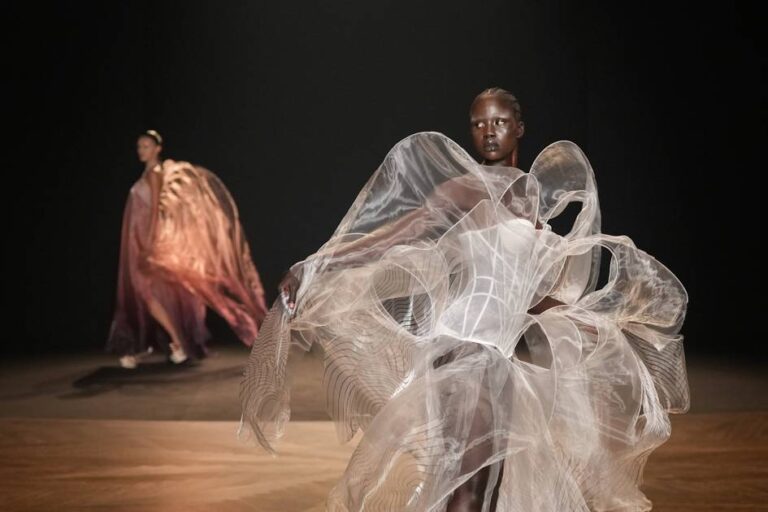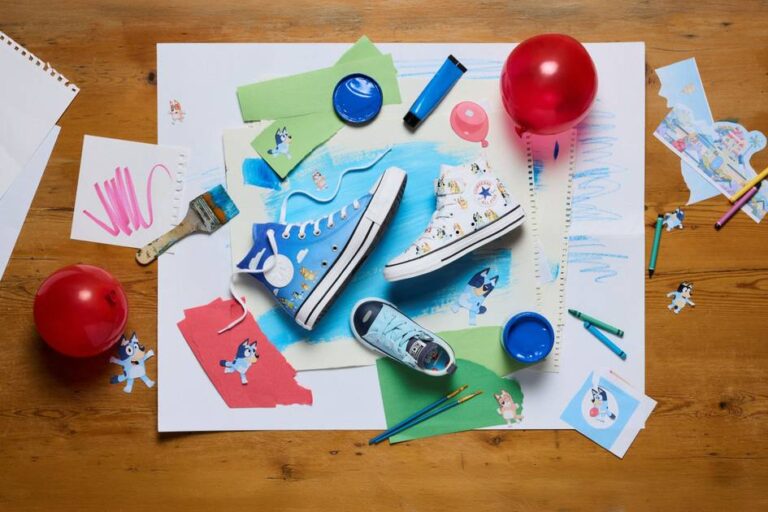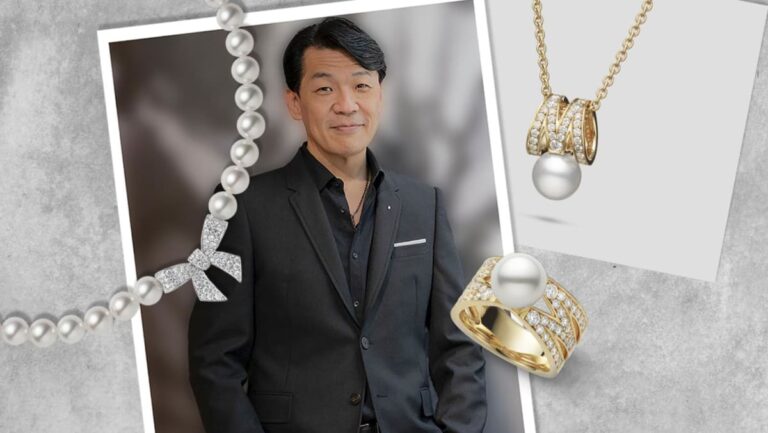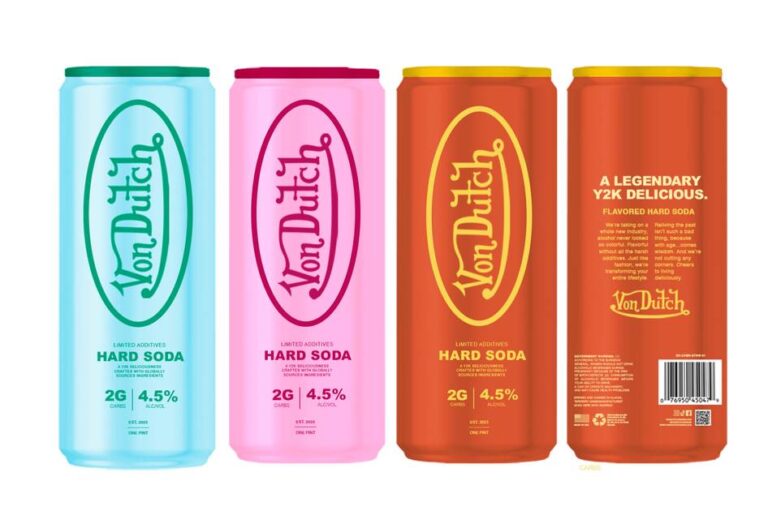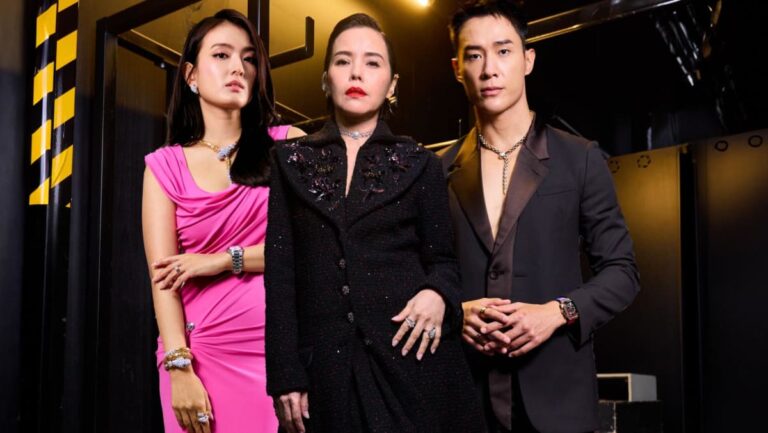Desigual Leverages AI to Enhance Creativity and Streamline Operations
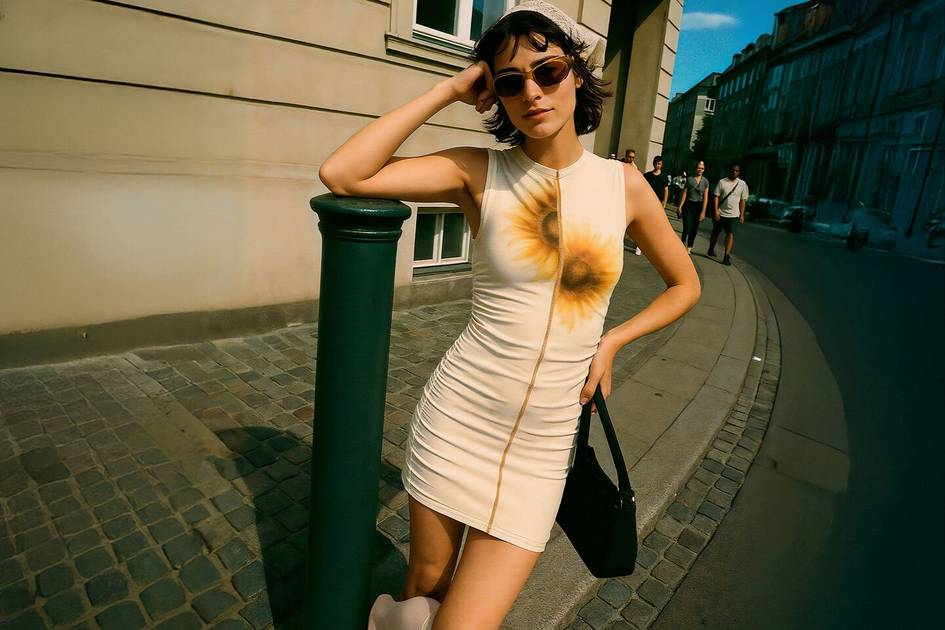
The rise of generative artificial intelligence (AI) in the fashion sector has been both swift and thought-provoking. Initially met with amazement, the industry has progressed to a phase of experimentation and now faces a crucial question: What position do brands wish to occupy in a creatively evolving landscape dominated by this technology?
In this new environment, a hybrid model is emerging where human creativity and artificial intelligence work in synergy rather than rivalry. Achieving this balance is essential in a field where emotion, aesthetics, and innovation are critical. The core issue has shifted from whether to adopt AI to how to implement it while preserving the essence of branding.
FashionUnited connected with Roser Bagó and Minerva Garcia—co-founder and expert, respectively—of the innovative startup Neural Fashion, as well as Sergio González, AI Lead at Desigual.
The Barcelona-based company has engaged in a significant rebranding effort since 2019, discovering that AI can serve not only as a creative tool, but also as a means of strengthening its market presence.
AI as a Foundational Element
A cornerstone of this integration is Awesome Lab, an open innovation initiative through which Desigual collaborates with tech startups to expedite its digital transformation. The latest iteration of this program, focusing solely on generative AI, has explored applications spanning product design to personalized marketing.
Among the standout projects is their partnership with Neural Fashion, resulting in the first editorial campaign featuring actual garments created entirely with AI. By utilizing a mix of advanced tools like Flux, OpenAI models, and upscaling systems, the brand has crafted a visually compelling proposal.
However, what stands out is not just the outcome but the methodology. Desigual treats AI as an integral component of its visual language rather than a mere aesthetic addition, amplifying its creative narrative rather than replacing it.
Creative Risk-Taking
Desigual views AI not as a temporary solution but as a structural asset that permeates various departments. Having embraced this technology for slightly over a year, the brand has moved beyond mere exploration and is now in full implementation mode.
This commitment reaches well beyond marketing. For instance, in marketing, AI is employed for generating visual concepts, creative writing, and exploring new storytelling formats. In the product department, AI plays a crucial role in enhancing the design phase. Other divisions, such as IT and finance, benefit from automating repetitive tasks and streamlining workflows.
As Sergio González highlights, the leadership encourages creative freedom and a willingness to experiment without fear of failure, a philosophy propagated by Thomas Meyer, the brand’s founder.
Behind each image produced lies a series of human decisions, from setting prompts to art direction and retouching. “AI is merely an extension of our creative toolkit, allowing us to reserve resources for more extensive traditional campaigns. We aspire to enrich possibilities, not replace talent,” González elaborates.
Navigating Technological Challenges
While Desigual progresses confidently, the journey toward comprehensive AI integration isn’t devoid of challenges. Some brands, like the Dutch label Labfresh, encountered difficulties and opted to discontinue their use of AI in campaigns due to poor social media performance and technical inconsistencies.
Neural Fashion’s creative team acknowledges these hurdles, particularly concerning inconsistent facial generation, yet they advocate for a proactive approach to these challenges.
Rather than shying away from obstacles, they propose redefining the creative framework. The goal is not to compel AI to mimic traditional processes flawlessly, but to create campaigns that leverage the technology’s strengths and limitations.
Innovative Campaign Strategies
The philosophy underscores that AI should not be expected to produce immaculate photoshoots akin to those crafted by human teams. Instead, the focus should be on creating unconventional imagery that resonates on a different emotional level with the audience. This mindset has informed their collaboration with Desigual: if generating identical images of a face presents technical instability, they pivot to visual stories that do not rely on that precision.
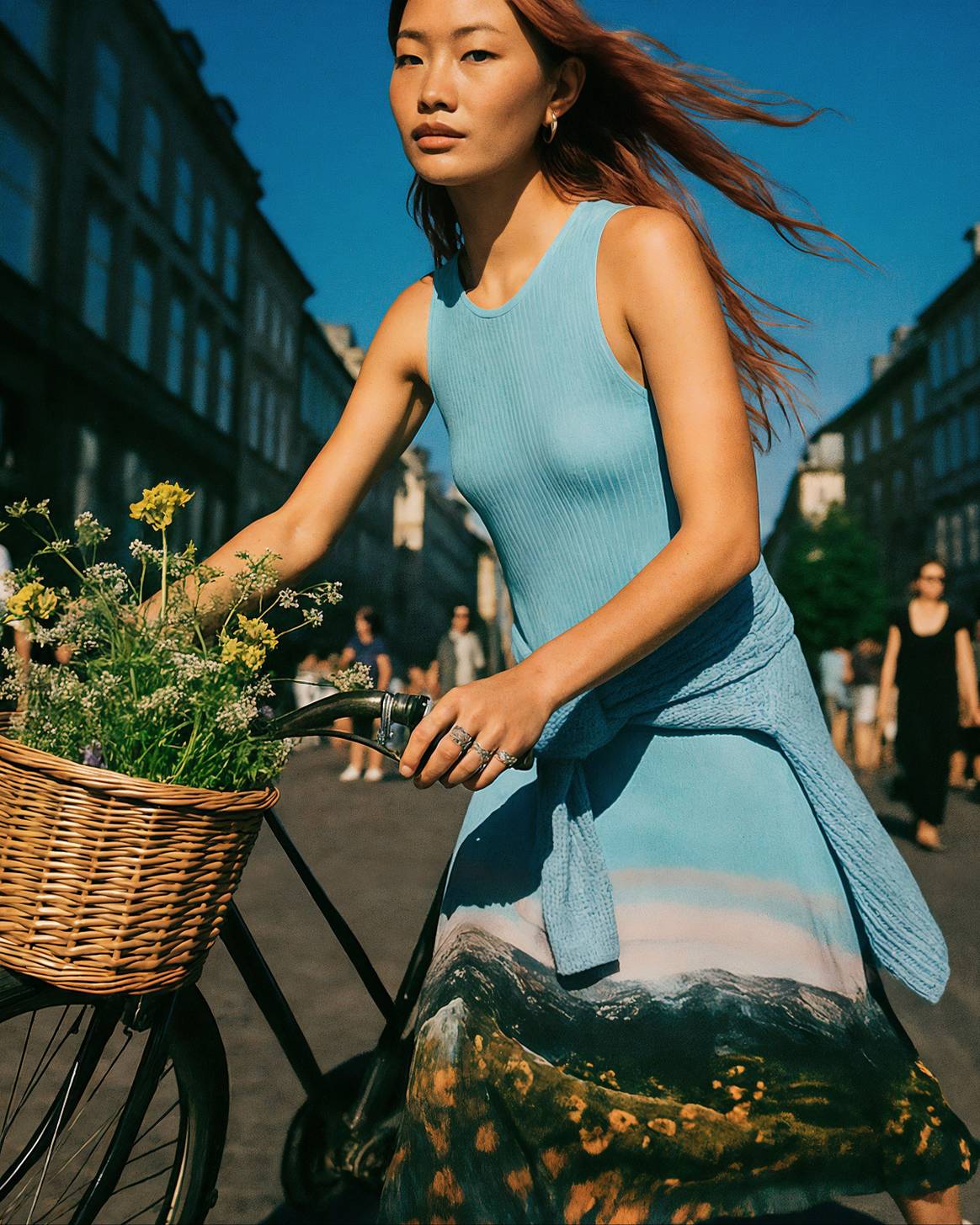
Garcia, a Neural Fashion expert, notes that generative AI is an evolving technology. What might appear as a limitation today could be transformed with future advancements. Their working model is rooted in a malleable integration of various tools and platforms tailored to each campaign’s needs, allowing them to continually achieve outcomes that blend technological excellence with artistic vision.
Where others may encounter setbacks, Bagó sees immense potential. For her, AI offers an opportunity not just to replicate past methods, but to explore new dimensions of storytelling and creativity within fashion. There’s a crucial takeaway: those who enter the AI realm seeking definitive solutions may face disappointment, while those driven by curiosity and openness can uncover rewarding opportunities for innovation.

Currently, the team is developing a project targeting the consistent generation of images for product pages, potentially involving digital twins to maintain visual uniformity across multiple images of the same model.
For instance, H&M has also embraced this technology, implementing digital replicas of actual models for its promotional efforts, all with the models’ consent and compensation.
This raises the importance of transparency. Any realistic images produced with AI should be clearly labeled to avoid confusion and foster trust among consumers. Instead of obscuring the technology’s origins, Desigual weaves it into their creative narrative.
The case of Desigual illustrates that the future of visual communication will be a blend of human creativity and artificial ingenuity. This hybrid ecosystem enables brands to amplify their storytelling capacity without sacrificing their core values.
In this integration, the key lies in understanding that AI cannot replicate human qualities such as emotion and intuition. Simultaneously, it can be harnessed to extend creative boundaries. How do you see AI influencing the fashion industry in the future?
